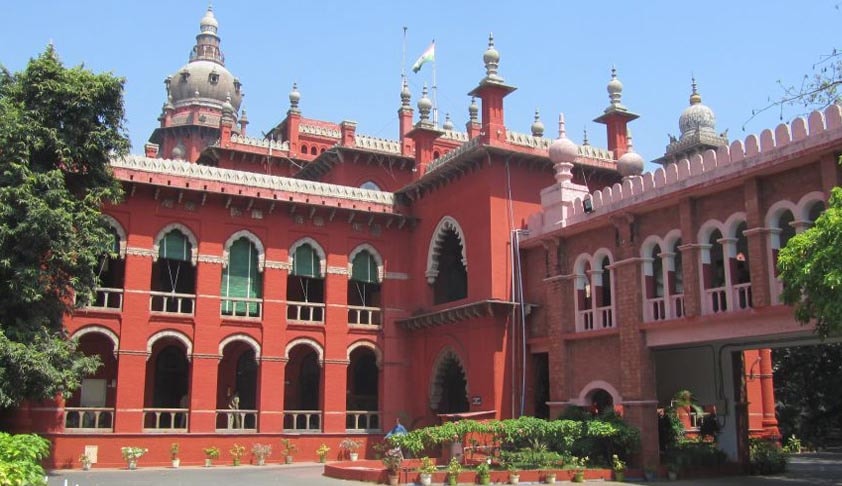Celebrating 125th Year Of Madras HC Buildings
V. VASANTHAKUMAR
12 July 2017 3:20 PM GMT
The Madras High Court was originally located in the buildings just opposite to Madras Harbour on First Line Beach.In 1892, the present high court buildings were completed after four years of construction. On July 12, 1892, the high court and the court of small causes moved into the new buildings.The original estimate of the cost was Rs. 9,45,000 and the final cost was Rs.12,98,163. The...
The Madras High Court was originally located in the buildings just opposite to Madras Harbour on First Line Beach.
In 1892, the present high court buildings were completed after four years of construction. On July 12, 1892, the high court and the court of small causes moved into the new buildings.
The original estimate of the cost was Rs. 9,45,000 and the final cost was Rs.12,98,163. The building is in the Indo-Saracenic style. The building was formally opened by his Excellency, the Right Hon’ble Beilly Baron Wenlock, Governor of Madras.
The Chief Justice of Madras Sir Arthur Colling, after receiving the key of the new buildings, addressed the Governor of Madras voicing the acceptance and promising for himself and his brother judges to do their duty in fear of God and without fear of men.
The Madras High Court building was acknowledged in all aspects as the finest high court building in the whole of India. The compound of the present high court housed a light house which was being used to warn and guide the ships.
A mild flutter was created on September 22, 1915, when a German warship sent a number of explosive shells into Madras city aiming obviously at strategic places. Some shells were aimed at the high court buildings - the light house on the Central dome and some shells struck the cornice around the flooring of the light. The broad caddapah slabs were shattered and Madras was full of excitement till Warship Emton was reported to have left the Bay under pursuit of British warships. Ironically speaking, the distinction of having been under the Germanian fire in the World War could be claimed only by the Madras High Court in the whole of India.
During the Second World War, Madras itself was attacked by a squad of bombing aeroplanes on April 6, 1942, early morning. A mass evacuation started from the city. The high court was closed in advance of its usual date of closure and all the records and valuable papers were rushed to Coimbatore and Anantapur, faraway from the possibility of attack. The vacation courts were held in Coimbatore in the building of Forest College. Finally in or about the month of July, the high court started functioning after vacation, but not in the present building. The high court appellate and criminal sides and all their offices were located at Thiagaraya Nagar in the Convent of Holy Angels Anglo-Indian School in Mambalam. A separate bungalow on the opposite side of the road was engaged to house the original side and two courts and officers. It took nearly more than a year for all the records to be brought back to their old places in the High Court buildings and start functioning.
Dr Pakala Venkata Rajamannar was the first Indian to be appointed as the Chief Justice of the High Court in Madras in 1948. He succeeded Sir Fredrick William Gentle. Dr Rajamannar functioned as Chief Justice from 1948 to 1961. For some brief periods during 1957, 1958 and 1961, Dr Rajamannar officiated as Governor of Madras. During those short periods, Mr Pundi Rajagopalan officiated as the Chief Justice of High Court.
Sir T Muthuswami Ayyar was the first Indian to be appointed as a judge of the Madras High Court. It is of interest to note that the very first case reported in the Madras High Court Reports Vol.1 was argued by a great personality - John D.Mayne, whose book on Hindu law is still an authentic authority on the subject.
Madras High Court's sesquicentennial celebrations were held in the year 2013.
Advocate V. Vasantha Kumar is a lawyer practicing in Supreme Court of India and Madras High Court.
[The opinions expressed in this article are the personal opinions of the author. The facts and opinions appearing in the article do not reflect the views of LiveLaw and LiveLaw does not assume any responsibility or liability for the same]


